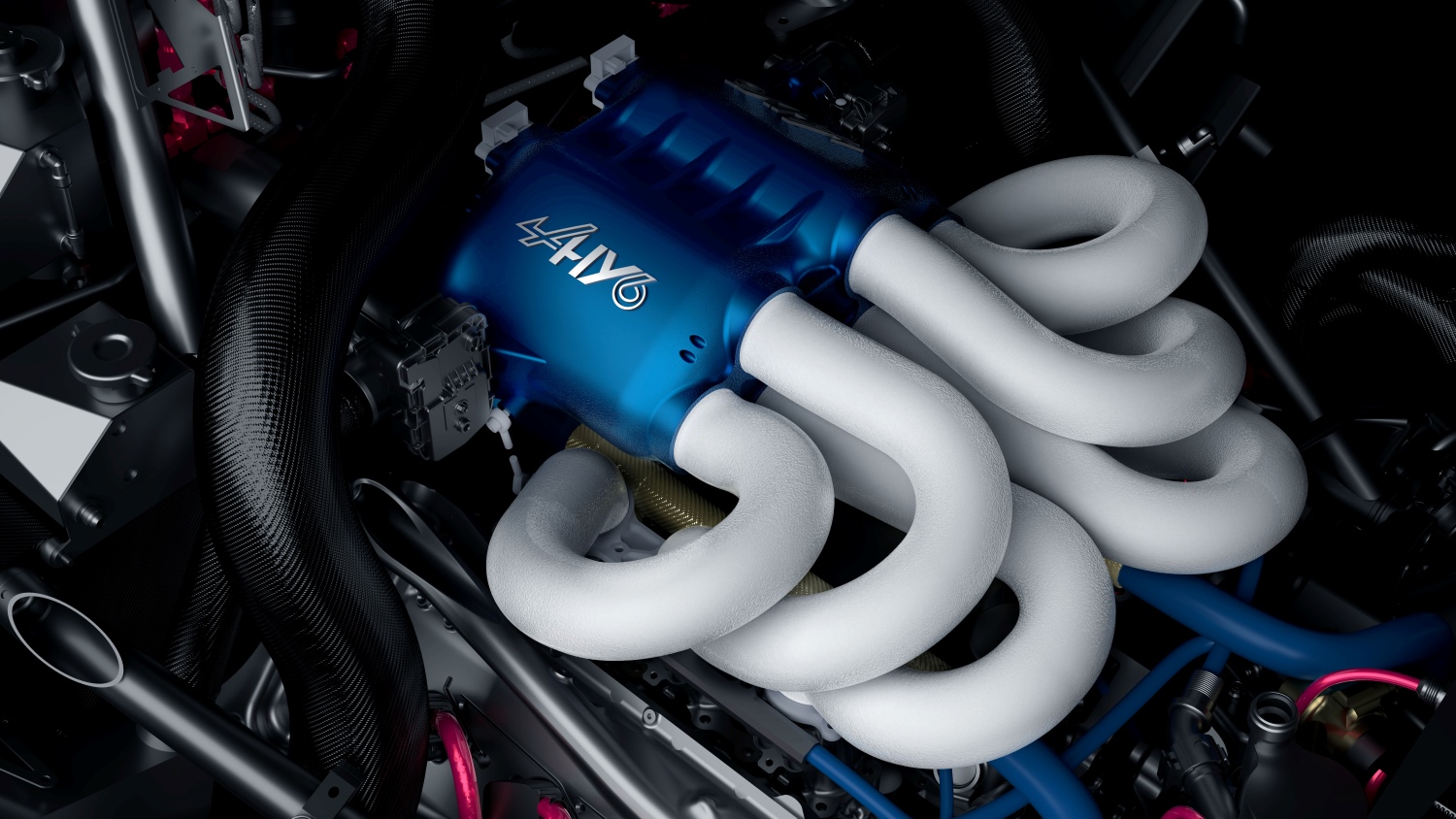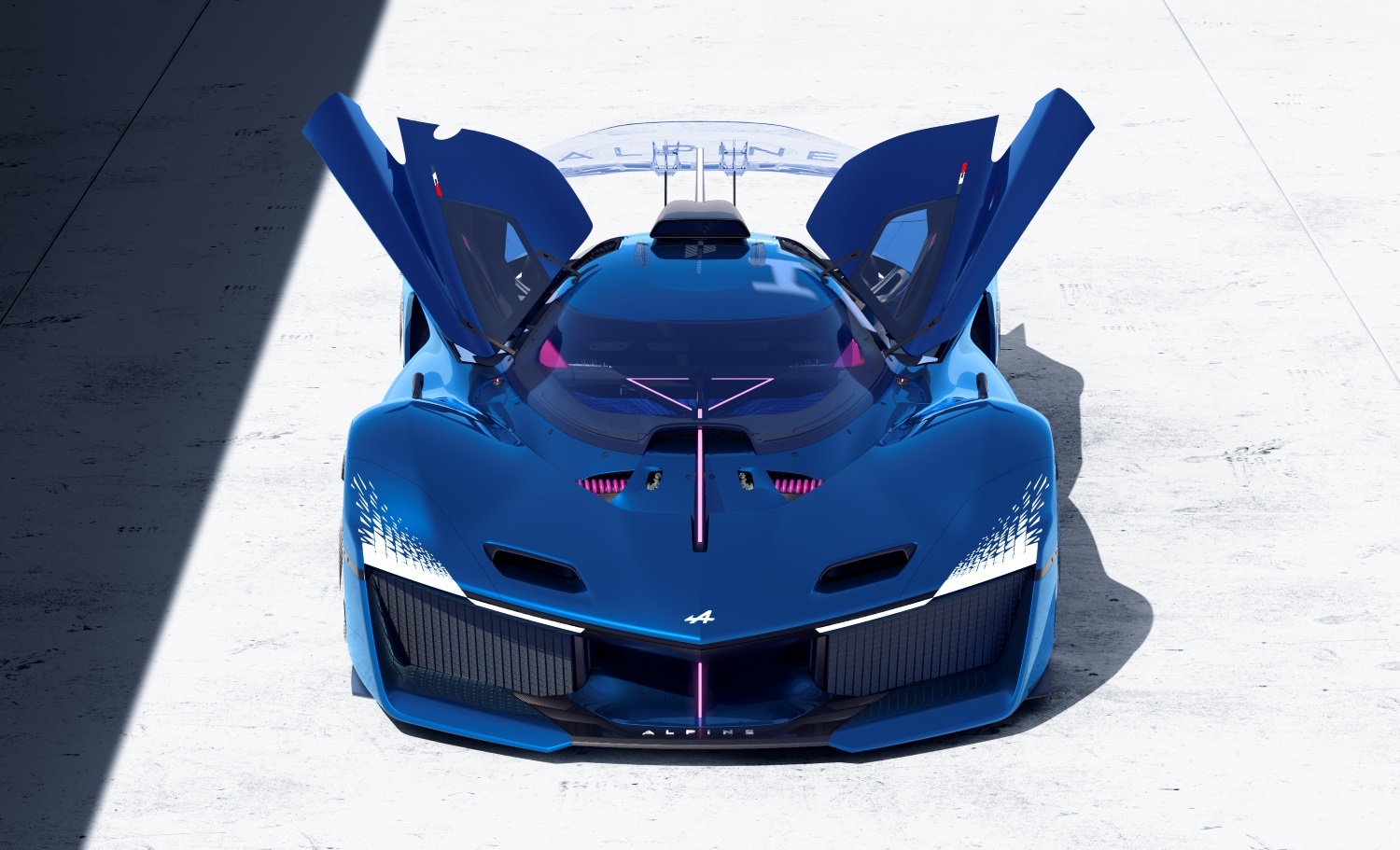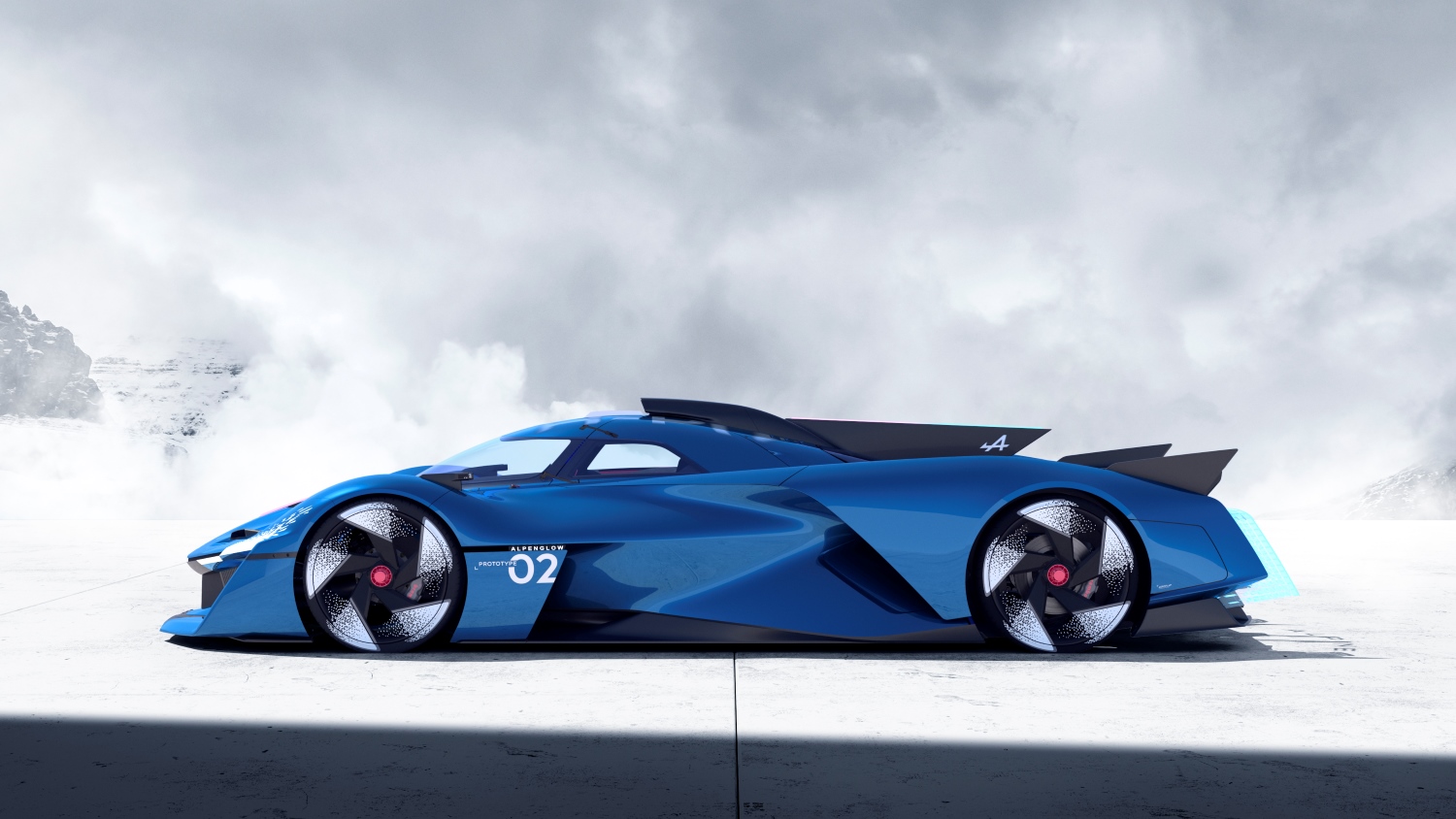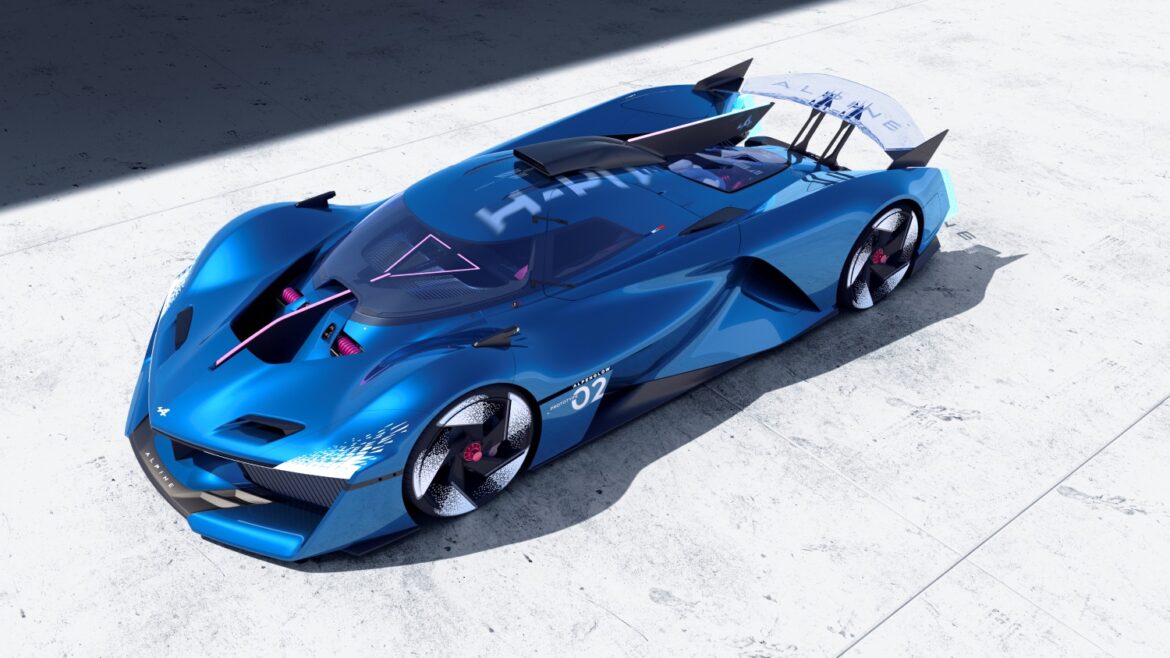Hydrogen-powered vehicles seemed like a far-fetched idea not too long ago. However, hydrogen production cars can be seen (in small quantities) on the roads today. Few have a combustion engine, though. This is why the new Alpine Alpenglow HY6 is particularly audacious. The ‘rolling laboratory’ looks set to shape the future of racing and supercars, given how large its most recent step forward was.
Petrol? That’s so Last Year
 The choice to use a combustion engine fuelled with hydrogen is due to the French manufacturer’s racing philosophy, as well as bringing a few benefits for racing such as more power and greater efficiency. Alpine also has a view to switch to the emerging liquid hydrogen at some point and also has one eye on developments in the world of racing, as hydrogen-powered cars are likely to be approved to compete in the 2028 24 Hours of Le Mans.
The choice to use a combustion engine fuelled with hydrogen is due to the French manufacturer’s racing philosophy, as well as bringing a few benefits for racing such as more power and greater efficiency. Alpine also has a view to switch to the emerging liquid hydrogen at some point and also has one eye on developments in the world of racing, as hydrogen-powered cars are likely to be approved to compete in the 2028 24 Hours of Le Mans.
The engine in question is a 3.5-litre V6 that Alpine has been developing for two years. It has a maximum power output of 740bhp, double that of the Alpenglow HY4’s four-cylinder. It also produces 770Nm of torque and revs to an impressive 9,000rpm. The improved power output from hydrogen fuelling is perhaps shown best by the Alpine Alpenglow HY6’s 211bhp per litre, beating the Bugatti Chiron in this regard. A top speed of 205mph is possible. The hydrogen concept also uses a 6-speed sequential gearbox, while all the power is sent to the rear wheels.
A Real Racer is Waiting to Emerge
 There’s no doubt the French manufacturer wants to take its new hydrogen beast racing. Therefore, the Alpine Alpenglow HY6 has a design that is ready for the track. The Specular Blue bodywork is all carbon fibre, and the wild wheels retain their dynamic styling, with custom Michelin tyres to match.
There’s no doubt the French manufacturer wants to take its new hydrogen beast racing. Therefore, the Alpine Alpenglow HY6 has a design that is ready for the track. The Specular Blue bodywork is all carbon fibre, and the wild wheels retain their dynamic styling, with custom Michelin tyres to match.
As the engine is the beating heart of the concept, it has been visible, with the glass cover being reminiscent of the A110’s rear window. Due to the additional power, more air intakes are used on the Alpenglow HY6 to improve cooling.
 The transparent wing at the rear is a unique touch and the water vapour emitted by the exhaust gives it a frosted finish. The wing is now more aggressive, with new side blades, while the shark fin is longer and more aggressive. The rest of the design is similar to the previous concept, with its low-slung profile, a front end with plenty of holes for air in and the pronounced air intake mounted on the roof.
The transparent wing at the rear is a unique touch and the water vapour emitted by the exhaust gives it a frosted finish. The wing is now more aggressive, with new side blades, while the shark fin is longer and more aggressive. The rest of the design is similar to the previous concept, with its low-slung profile, a front end with plenty of holes for air in and the pronounced air intake mounted on the roof.


